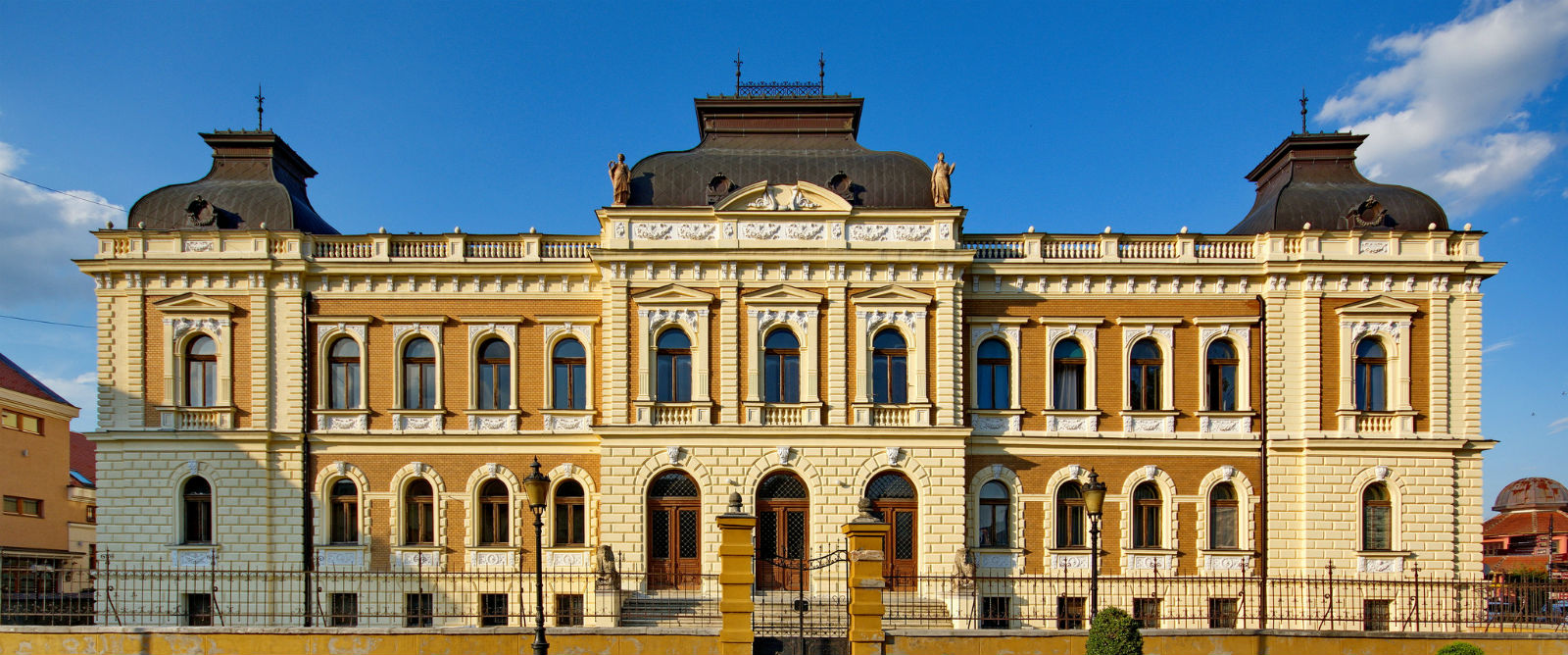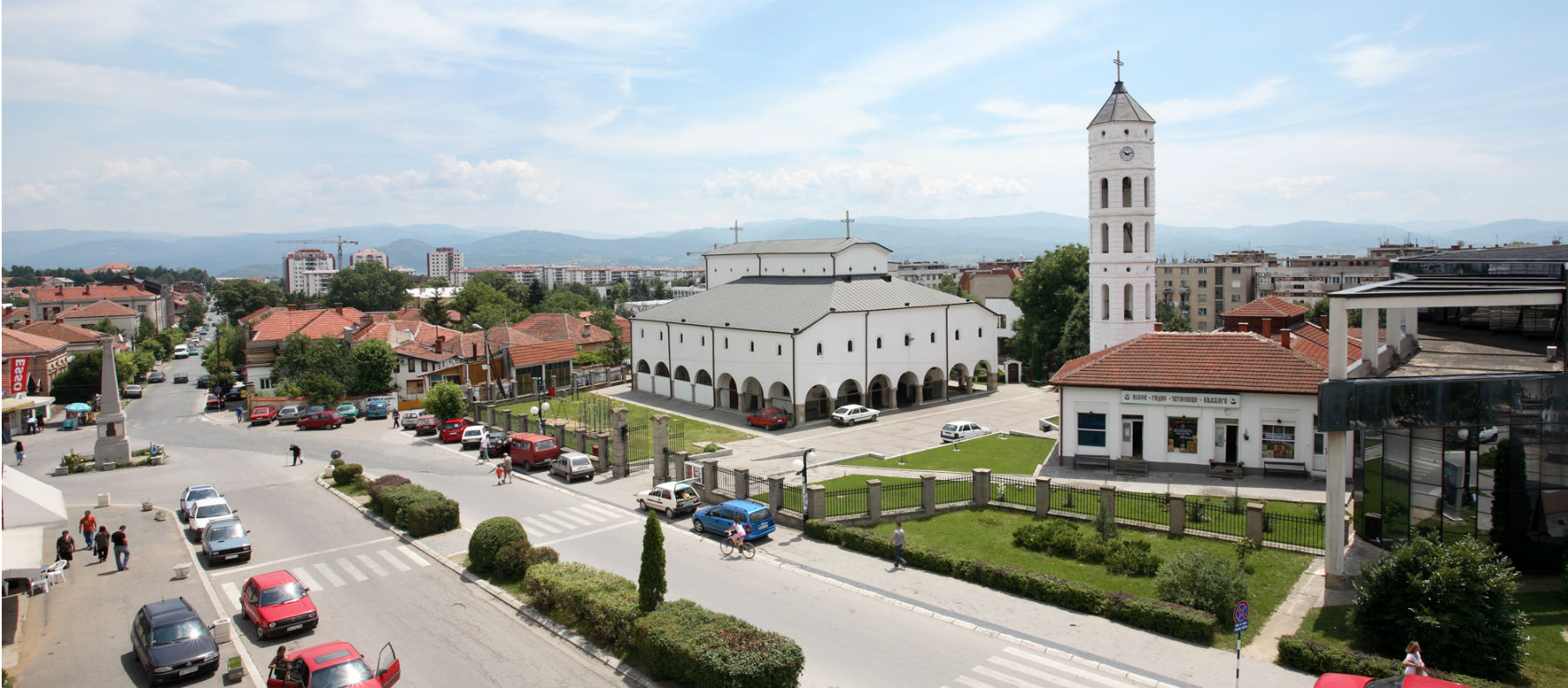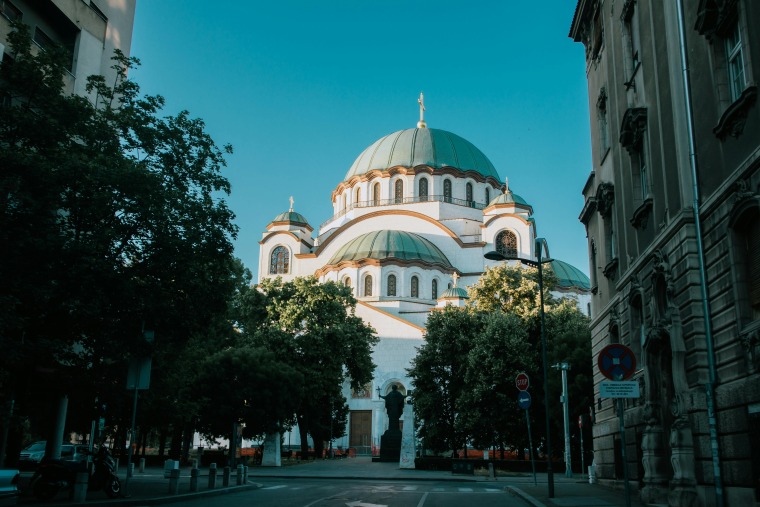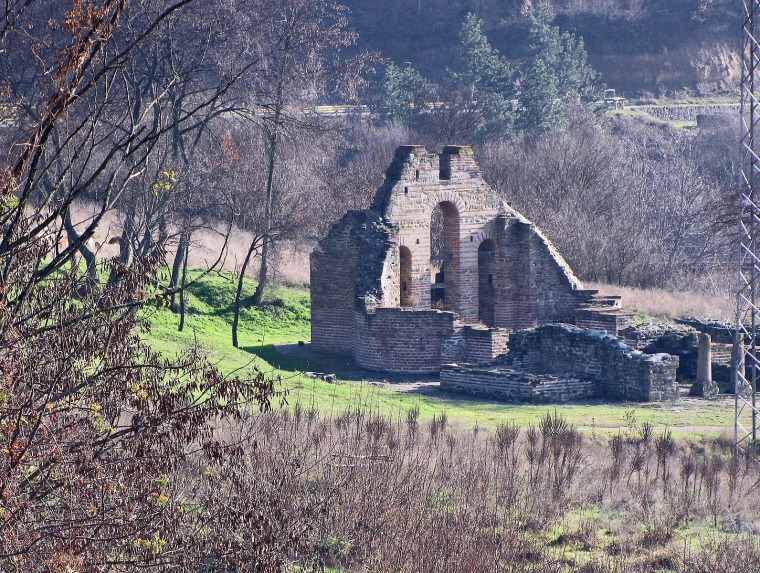Like in a fairy tale in which the time has stopped for a moment, this town has managed to preserve the charm of past, and combine it marvelously with the spirit of the people, age and different times that have come and gone through the corners and the streets of the town, which used to be a place of frontiersmen and the military.
It is first mentioned in some documents as a place called Cobor sent Mihalj, and with time, it became pasha’s seat and the centre of nahiyah, when it belonged to the Sanjak of Segedin. It took centuries, many different establishments and people for this town to transform from a military town to a free town of royalty, and through all that it managed to survive, changing its features and looks, but never its gist and the inalterable spirit and charms.
It was those establishments and the people that made Sombor also commonly known as “Zelengrad” (Greentown) what it is today. A peaceful town, resembling a “miniature Florence”, with fascinating architecture, tree avenues that are 120 kilometers long and rustic fiacres, which give this city a romantic touch.
A large number of farms and ethno houses that surround the town further enriches Sombor’s idyllic atmosphere. Scattered across the plains of Vojvodina, isolated from the hectic town environment, they make an ideal place for a vacation accompanied by traditional Serbian cuisine, homemade brandy and wine and the sound of tamburica. Some farms are more than a hundred years old, genuine ethno museums, with lots of authentic and old objects that reflect the typical lifestyle of Vojvodina.
Four streets that include the greatest landmarks and buildings form the heart of Sombor. These streets, which are dedicated to the Serbian Dukes from the World War I – Živojin Mišić, Stepa Stepanović, Radomir Putnik and Petar Bojović, fill the town center with architectural gems of different styles, creating a unique and fascinating combination of beauty, style and diversity.

The town hall is the most representative building from the neoclassical period and a gem in an urban visage of Sombor. It was built on the foundations of a palace, which was erected in 1718. by Count Jovan Branković, it was later renovated in 1749. and finally, in 1842. it got its present day foundations.
It has always been a place where important events took place and because of its gracefulness, beauty and value it was declared a cultural treasure of great importance.
The town museum is the regional museum located in a building with eclectic features which was built in 1870. by a wealthy merchant Anton Fernbach, and it is thematically divided into well-equipped departments that include: archaeological department, numismatic, ethnological, historical, etc.

With its valuable collections, style and beauty, the museum attracts numerous visitors of Sombor who want to enjoy the cultural and historical landmarks.
What attracts attention the most at the Sveti Djordje square is the church of the same name, which was built in 1761. on the foundations of an old Turkish church.
What helped this church get the status of a national treasure of great significance were the baroque-rococo style, the extremely valuable iconostasis of Pavle Simic with 77 icons of different sizes, but also the variety of stained glass, objects made of gold and silver and trade-guild banners.
The Presveto Trojstvo i Plebanija Church
Franciscan friars built it, and what makes it special is the organ from 1771. Plebanija is a building from 1743. and it represents the center of the town’s history, because that is where the Charter of Empress Maria Theresa was given to the people of Sombor in 1749. A sun clock made in 1852. adorns the southern facade of this building of exceptional architectural beauty.
Apart from these buildings, the architectural cultural and historical treasures of Sombor include the building of Županija, the Carmelite Church, Srpska čitaonca, The “Milan Konjović” Gallery, The Sveti Arhiđakon Stevan Monastery and many other buildings.
Still, the beauty of this town does not only lie in the big number of historical monuments, but also in the abundance of verdure, which consists of over 18000 trees and beautiful long breathtaking alleys.

What would make your enjoyment complete is a ride through the tree avenues in some of the rustic fiacres, which are a symbol of this little place in Vojvodina that has a lot to show and offer.
How to reach Sombor?
There are about 20 bus departures from Belgrade to Sombor each day. Almost all of them go through Novi Sad. Sombor is located 175 km from Belgrade.
There are five daily train departures from Subotica and Vrbas to Sombor. In addition, a train goes directly from Novi Sad to Sombor. You can get additional information on bus departures from the bus station in Sombor.
Phone numbers: 025/482-078 and 025/44-11-66.
The phone numbers of the railway station in Sombor are 025/25-922 and 025/25-562.
Since you are already here, do not miss…
“Sombor“ lumber camp where you can enjoy bird-watching, safaris, fishing and hunting quite famous around the country.
Čonoplja lake, a special nature preserve of “Gornje Podunavlje“, where you can, in organised tours, go sight-seeing around the preserve, enjoy a boat ride from Apatin to the confluence of Drava and Danube, and from Apatin to Lavač.
Apatin – a town in Bačka, located on the left bank of the Danube, where it creates a border between Serbia and Croatia. It is well known for its natural riches, and its famous International marines, which belongs to some of the most modernized marines on the Danube.

































